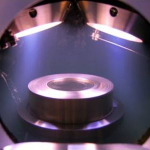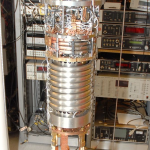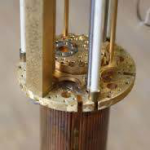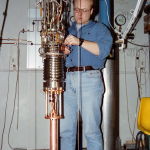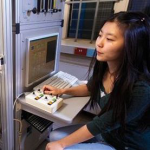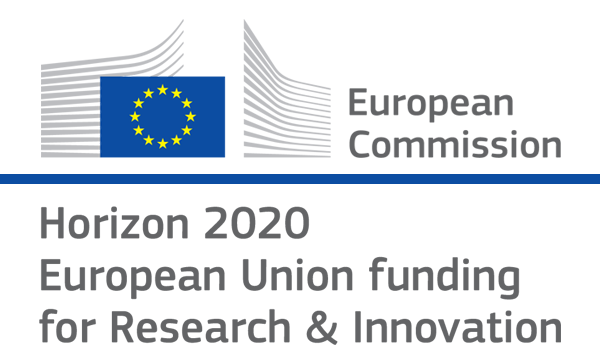

- Photon Transport in a Bose-Hubbard Chain of Superconducting Artificial Atoms
G. P. Fedorov et al., Phys. Rev. Lett. 126, 180503 (2021) - Path-Dependent Supercooling of the
He3 Superfluid A-B Transition
Dmytro Lotnyk et al., Phys. Rev. Lett. 126, 215301 (2021) - Superconductivity in an extreme strange metal
D. H. Nguyen et al., Nat Commun 12, 4341 (2021) - High-Q Silicon Nitride Drum Resonators Strongly Coupled to Gates
Xin Zhou et al., Nano Lett. 21, 5738-5744 (2021) - Measurement of the 229Th isomer energy with a magnetic micro-calorimeter
T. Sikorsky et al., Phys. Rev. Lett. 125 (2020) 142503
Measuring the Thermodynamic Cost of Timekeeping
A.N. Pearson, Y. Guryanova, P. Erker, E.A. Laird, G.A.D. Briggs, M. Huber, N. AresAll clocks, in some form or another, use the evolution of nature toward higher entropy states to quantify the passage of time. Because of the statistical nature of the second law and corresponding entropy flows, fluctuations fundamentally limit the performance of any clock. This suggests a deep relation between the increase in entropy and the quality of clock ticks. Indeed, minimal models for autonomous clocks in the quantum realm revealed that a linear relation can be derived, where for a limited regime every bit of entropy linearly increases the accuracy of quantum clocks. But can such a linear relation persist as we move toward a more classical system? We answer this in the affirmative by presenting the first experimental investigation of this thermodynamic relation in a nanoscale clock. We stochastically drive a nanometer-thick membrane and read out its displacement with a radio-frequency cavity, allowing us to identify the ticks of a clock. We show theoretically that the maximum possible accuracy for this classical clock is proportional to the entropy created per tick, similar to the known limit for a weakly coupled quantum clock but with a different proportionality constant. We measure both the accuracy and the entropy. Once nonthermal noise is accounted for, we find that there is a linear relation between accuracy and entropy and that the clock operates within an order of magnitude of the theoretical bound.
Phys. Rev. X 11, 021029 (2021)
doi: 10.1103/PhysRevX.11.021029
arxiv: https://arxiv.org/abs/2006.08670

